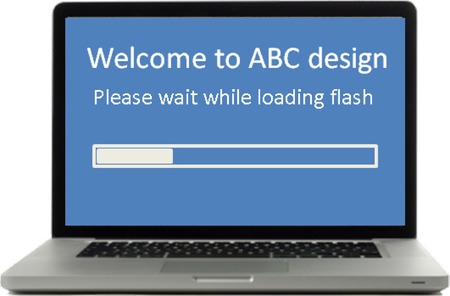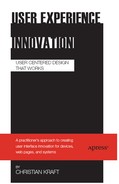Characteristics
Positive surprises (or wows) can take many shapes and forms, but at their essence they leave users with a smile on their face or a good feeling inside.
They Bring a Smile
A positive surprise can, for example, happen via a small animation when a user opens a menu. A positive surprise can also come with a small, hidden feature that the user learns to use after a lot of experience with your program.
A wow is in nature very close to a positive surprise, but it will give the user an even more positive feeling. With a wow, the user may even say “great,” “cool,” or “wow” (not necessarily out loud, but at least in their own mind).
Often playfulness is a way to achieve wows and positive surprises.
Many people experience the wow feeling when they try a car that has a lot more horsepower than they are used to. Many experience wow when they return from a successful date or when their child takes its first steps. If you achieve these same feelings through your product, then you will have a very good chance of successful user experience innovation.
They Exceed Expectations
Positive surprises will very much depend on the expectations of your end users. For example, Apple customers will be highly disappointed if the user experience does not provide some level of wow. If you work at a company selling word-processing software, you may need to create more positive surprises and wow than the major players already ruling the market. If you are a newcomer in a mature market, such as the mobile device industry, you will want to raise the bar considerably for positive surprises and wow. Somehow, you need to exceed what your customers and users have come to expect. Only then can you surprise them.
They Are in the Open
One thing to realize is that placing a positive surprise or wow in a deeply hidden place or in a rarely used feature of your product will make only a very small percentage of your users surprised and happy; the surprise will not reach the majority of your users, and hence the effect of your efforts will be very limited. You want your surprises and wows to reach the majority of your users. You want to place the surprises in your core tasks and in where they will cause a good first impression.
They Cause No Pain
Creating surprises and wow in the core interaction without actually creating pain points is a very fine balance. Many user experience elements that have been designed and added to create a wow end up becoming serious pain points instead. A great (or rather sad) example is the number of web pages with Flash intros (see Figure 11-3). While these may take just a few seconds to load on the designer’s computer, they often take tens of seconds or even minutes to load for an average user.
As a general rule, positive surprises and wow should never be perceived as pain points, even for a small percentage of your users. For example, assume you’ve created an animation that plays when users open a new menu in your application. If users think the animation is slowing the loading of the menu, even if it’s not, then you have created a perceived pain point. If many of your users believe that the animation is delaying the core task that they want to accomplish, your perceived pain point ends up becoming a real pain point.
Design your positive surprises and wows carefully—and within the core interaction of your product. Such innovations can move your system, device, or web page from average to premium.

Figure 11-3. When an attempt to create wow becomes a pain point
